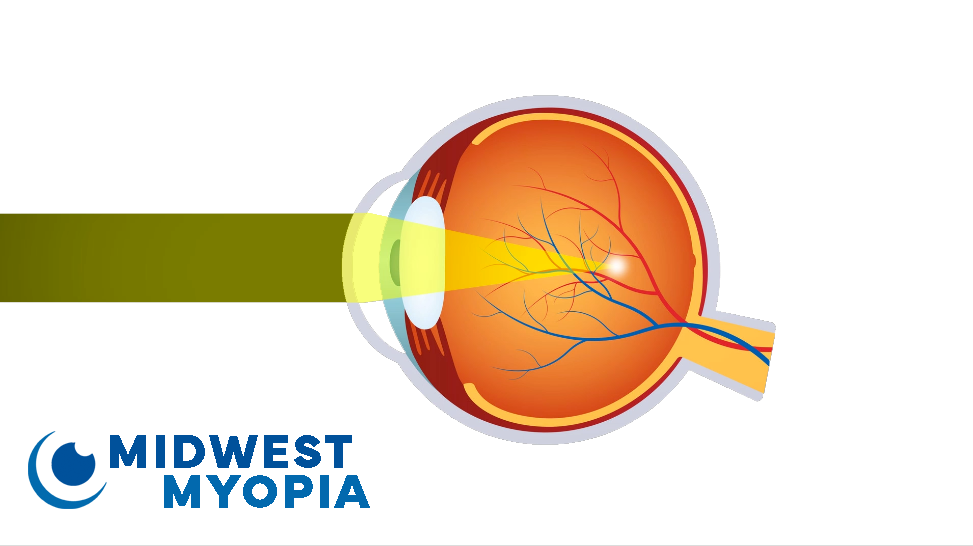
Myopia, also known as nearsightedness, is one of the fastest growing health concerns for children between the ages of 3 and 18. Children with Myopia may experience difficulty in school, sports and social interactions with others. Additionally, if left untreated, Myopia may have longer term health effects including blindness in extreme situations.


Common Symptoms
Glaucoma
A disease that damages they eye's optic nerve that usually happens when fluid builds up in the front part of the eye. For patients with Myopia >8.00D there is a 14.4x chance for onset glaucoma.
Cataract
A clouding of a normally clear lens of the eye. People with cataracts it can be like looking through a cloudy window. For patients with Myopia >6.00D there is a 3.3x chance for onset cataracts.
Retinal Pathology
May cause numerous vision issues. This may cause loss of detailed vision as well as color perception among other symptoms. For patients with Myopia >8.00D there is a 7.8x chance for onset retinal pathology.

Select your preferred date, time and location and once confirmed we will send you a confirmation email.

